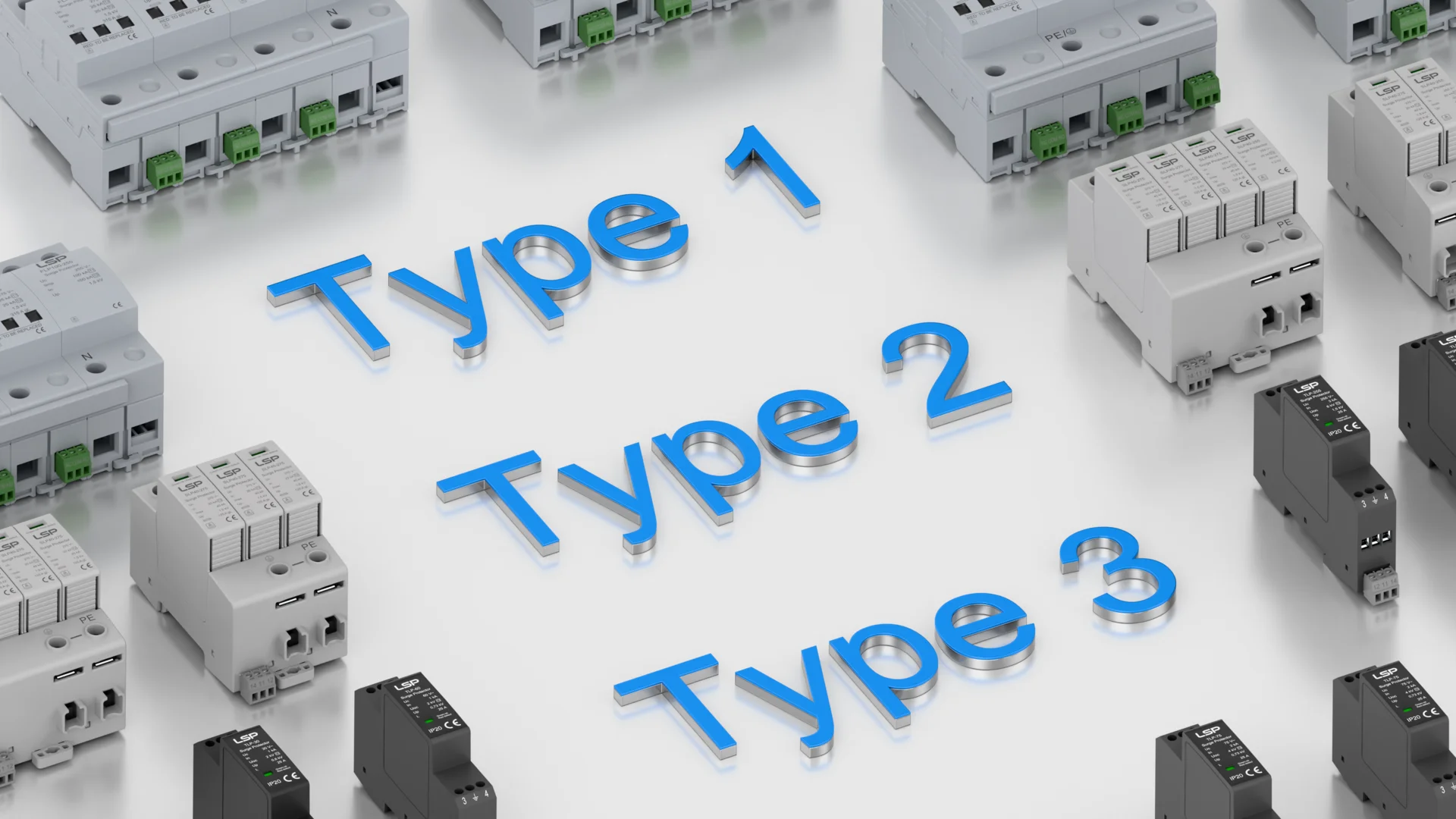My home has been getting hit by surges for years now and is still having surges come in after beefing up my single point earth ground and installing whole home surge protectors.
I'm in Florida, so a lot of thunder storms, and the soil is very sandy. I'm 50ft above sea level.
I'll start with how my ground and surge protection is set up:
My power pole with the transformer is 100ft away from my meter and it only feeds my neighbor and me. The service runs underground to my meter.
This power pole is branched out 250ft from the main power line going down the road.
It appears the surge arrester on the transformer is bonded to the casing.
The casing appears to be bonded to the power pole's ground wire which is also bonded to the neutral and pole's stabilizer wire.
The power pole's ground wire is butt grounded, so there is no ground rod. The wire is wrapped under the pole.




I'm in Florida, so a lot of thunder storms, and the soil is very sandy. I'm 50ft above sea level.
I'll start with how my ground and surge protection is set up:
- I have two 20ft 3/4in copper ground rods (each 20ft rod is 2 10ft rods stacked with a coupler) for my single point earth ground for my main service panel.
The first rod is connected to the main service panel with #4 copper wire 6ft long.
The second rod is about 15ft from the first rod and they are bonded together with #4 copper wire.
My home's foundation rebar is bonded to the first rod.
- I have a Siemens FS140 Type 2 SPD installed in the first slot in the mains panel with the shortest leads possible and no sharp bends.
- The subpanel in my home has a Siemens BoltShield QSPD2A065P Type 2 SPD in the first slot with the shortest leads possible as well.
- My sensitive electronics are on a ZeroSurge 2R15W Series-Mode Type 3 surge protector that is over 30ft from the breaker panel.
- I have no other wires or metal piping coming into the home.
The internet is fiber optic and main water is PVC. There is not a well pump wire.
The longest exterior wire is about 6ft to the air conditioner.
My power pole with the transformer is 100ft away from my meter and it only feeds my neighbor and me. The service runs underground to my meter.
This power pole is branched out 250ft from the main power line going down the road.
It appears the surge arrester on the transformer is bonded to the casing.
The casing appears to be bonded to the power pole's ground wire which is also bonded to the neutral and pole's stabilizer wire.
The power pole's ground wire is butt grounded, so there is no ground rod. The wire is wrapped under the pole.
- Could my home's ground rods be such a lower impedance than the power pole's butt ground and causing a ground potential difference issue?
- Is there a way an electrician can measure this from the ground wire?
- Would a ground rod at the power pole solve this issue?
- Could there be other issues with the utility's power line?






